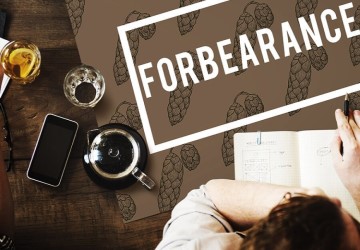Before looking for the best property to buy, you need to find the right form of mortgage to help you with your purchase.
Different Forms of Mortgage Loans
Conventional Loans - Conventional loans have no government backing and come in two types: non-compliant loans and compliant loans.
Qualified Loans - Qualified loans follow Federal Housing Finance Agency (FHFA) guidelines for debt, credit, and required mortgage amount.
Non-Compliant Loans - These loans do not meet FHFA guidelines. They may apply to larger homes or borrowers with poor credit ratings or those experiencing major financial setbacks such as bankruptcy.
Huge loan
Jumbo mortgages are so called because they exceed the FHFA's loan limit. Huge loans are more popular in high-priced cities like Los Angeles, New York City, San Francisco and Hawaii, where real estate values can easily exceed compliant loan limits.
Government-backed loans
Although the U.S. government is not a lender, it does play a role in helping more Americans become homeowners. The three federal agencies that support mortgages are:
• Federal Housing Administration (FHA loan)
• United States Department of Agriculture (USDA loan)
• US Department of Veterans Affairs (USDVA Loan)

FHA Loans – These types of home loans are backed by the FHA and allow borrowers without a large down payment or perfect credit to gain homeownership. Borrowers must have a minimum FICO score of 580 to qualify for a maximum FHA loan. FHA loans require two premiums, which can add to your overall mortgage cost. Finally, home sellers can pay for the transaction through an FHA loan.
USDA Loans – USDA loans help low- and moderate-income borrowers buy homes in rural areas. To qualify, you must have purchased real estate in an eligible USDA location and earned less than a certain amount. For eligible low-income borrowers, some USDA loans do not require a down payment. However, additional fees include an upfront fee of 1% of the loan amount and an annual fee.
VA Loans - For U.S. military personnel (veterans and active duty) and their families, VA Loans offer flexible, low-interest mortgages. VA loans do not require a down payment, minimum credit rating, or mortgage insurance, and the seller typically limits and pays closing fees. VA loans have a financing fee, which is a percentage of the loan amount that can be paid at signing or included in the cost of the loan along with other closing fees.

Fixed Rate Mortgage
A fixed-rate mortgage is one that has the same interest rate throughout the loan term; this ensures that your monthly mortgage payments are consistent. The term of a term loan is usually 15 or 30 years; however, some lenders may allow the borrower to choose any length of time between eight and thirty years.
Variable Rate Mortgage
Unlike fixed-rate loans, adjustable-rate mortgages have variable interest rates that fluctuate with market conditions. Many ARMs use fixed rates for the first few years, then move to floating rates for the remainder of the term. If you're considering buying an ARM, be sure to read the fine print to find out how much your rates may go up and how much you'll spend when the promotional period ends.




